4 Key Steps to Take Now if You Plan to Retire in 10 Years

Imagine reaching your retirement date only to realize that your savings won’t cover your dream lifestyle. Unfortunately, this is the reality for many. According to Transamerica’s ‘The Retirement Outlook of the American Middle Class’, 40% of workers fear they won’t have enough savings to retire comfortably. The good news, however, is that a decade is a significant chunk of time to make meaningful changes.
A well-structured 10-year retirement plan can help build your financial foundation, fine-tune investments, and ensure long-term security. Being proactive now can minimize financial stress and maximize your freedom during your post-retirement years.
A financial advisor can create a personalized plan to optimize your savings and investments and enable you to retire within the next decade. This article outlines four key steps to take now if you wish to enter retirement with confidence.
Below are the top 4 steps to take 10 years before retirement:
Step 1: Assess and enhance your financial health
Among the steps to take 10 years before retirement, the most important is assessing your current financial situation. The next decade can be an opportunity to optimize your finances, close gaps, and ensure a stable foundation for your retirement years.
A. Evaluate your current financial standing
Start by analyzing your net worth. Net worth means your assets (savings, investments, real estate) minus liabilities (mortgage, loans, credit card debt). This provides a clear picture of where you stand financially. Next, review your income streams (salary, rental income, side hustles) and monthly expenses to determine how much you’re saving and spending. Track these numbers to create a detailed financial snapshot.
B. Develop a comprehensive financial plan
Once you have a clear view of your finances, build a strategic plan to become retirement-ready. Some of the key components include:
- Savings goals: Determine how much you should save annually to meet your retirement target. A common rule of thumb is aiming to replace 70-80% of your pre-retirement income.
- Investment strategies: Adjust your investment portfolio to balance growth and stability, ensuring it aligns with your risk tolerance and retirement timeline.
- Debt management: Prioritize paying off high-interest debts, such as credit cards and personal loans, while considering whether to accelerate mortgage repayment to reduce financial burden in retirement.
C. Increase retirement contributions
Important retirement advice for people 10 years away emphasizes maximizing contributions to retirement accounts. If you have an employer-sponsored 401(k), take full advantage of company matching contributions, as that’s essentially free money. If you haven’t already, consider opening or increasing contributions to Individual Retirement Accounts (IRAs), which offer tax advantages and help your savings grow through compound interest.
It is a good idea to make small adjustments today to reap substantial benefits over the next decade. These can include increasing your retirement savings by 1-2% annually.
Step 2: Optimize your investment strategies to reflect your evolving goals
With 10 years left until retirement, your investment strategy should shift from aggressive wealth accumulation to a balanced approach that prioritizes growth and preservation. A well-planned investment strategy can help ensure your savings last throughout your retirement years.
A. Diversify your investment portfolio
Diversification is among the most common recommendations for those targeting long-term retirement preparation. It is also one of the most effective ways to manage risk and maximize returns over time. Instead of relying heavily on a single asset type, spread your investments across:
- Stocks for long-term growth potential
- Bonds for stability and income generation
- Real estate or REITs for generating additional passive income
- Mutual funds or ETFs for broad market exposure
- Alternative investments (such as commodities or annuities) to hedge against inflation
B. Adjust asset allocation
As retirement nears, your portfolio should become less aggressive to protect your capital from volatility. Generally, financial planners recommend the glide path strategy, where you gradually shift from high-risk, high-reward investments (like stocks) to more stable, conservative options (like bonds and dividend-paying funds).
A typical transition might look like this:
- 10 years before retirement: 70% stocks, 30% bonds/cash
- 5 years before retirement: 50% stocks, 50% bonds/cash
- At retirement: 30-40% stocks, 60-70% bonds/cash
This adjustment helps ensure you don’t suffer major losses in the final years before retirement when there’s less time to recover.
C. Consider seeking professional financial advice
As your financial situation becomes more complex, consulting a financial advisor can provide clarity on your investment strategy. A professional can help you:
- Align investments with your retirement goals and risk tolerance
- Optimize your withdrawal strategy to ensure sustainable income in retirement
- Identify tax-efficient ways to withdraw funds from different accounts (401(k)s, IRAs, brokerage accounts, etc.)
Step 3: Plan for healthcare and insurance needs
As you approach retirement, proactively addressing healthcare and insurance considerations is essential to safeguard your financial well-being. Medical expenses increase with age, and unexpected health issues can significantly impact your savings. A comprehensive healthcare and insurance plan will help ensure a secure and comfortable retirement.
A. Evaluate healthcare coverage
Healthcare costs are a significant concern for retirees. For instance, a 65-year-old couple may spend around $12,800 on healthcare in their first year of retirement. To mitigate such expenses, it's crucial to assess your healthcare coverage options:
- Understand Medicare and supplemental insurance: While Medicare provides basic health coverage, it doesn't cover all medical expenses. Consider enrolling in supplemental insurance plans, such as Medigap or Medicare Advantage, to cover additional costs like copayments, deductibles, and services not included in standard Medicare.
- Plan for long-term care: Long-term care, including nursing home care or in-home assistance, is often not covered by Medicare. Buying long-term care insurance can help cover these potential expenses, protecting your retirement savings from being depleted by unforeseen healthcare needs.
- Utilize health savings accounts (HSAs): If you're eligible, contributing to an HSA can provide tax-advantaged funds specifically earmarked for medical expenses in retirement. These accounts offer tax-free earnings, growth, and withdrawals for qualified medical expenses, making them a valuable tool for managing healthcare costs.
B. Review insurance policies
Ensuring adequate insurance coverage is a critical component of retirement planning. Regularly reviewing and updating your policies can protect you against unforeseen events that could otherwise jeopardize your financial stability:
- Life insurance: Evaluate whether your current life insurance policy aligns with your beneficiaries' needs and your estate planning goals. As you accumulate assets, your life insurance requirements may change, necessitating adjustments to your coverage.
- Health insurance: Beyond Medicare, consider additional health insurance options to cover services that may not be included, such as dental, vision, or hearing care. Comprehensive coverage can prevent unexpected medical expenses from disrupting your retirement budget.
- Disability insurance: Although disability insurance is often associated with income replacement during working years, do assess any ongoing needs as you transition into retirement. This coverage can provide financial support in case of unforeseen health issues that limit your ability to manage daily activities.
C. Establish an emergency fund
Maintaining an emergency fund is vital for financial resilience, especially during retirement when regular income may be fixed:
- Determine the appropriate fund size: Set aside 6 to 12 months' worth of living expenses in an easily accessible account. This fund acts as a financial buffer against unexpected events, such as medical emergencies, major home repairs, or other unforeseen expenses.
- Choose liquid and safe investment vehicles: Keep your emergency funds in accounts that are easily accessible and carry minimal risk, such as high-yield savings accounts or money market funds. This strategy ensures that funds are available when needed without exposing yourself to market volatility.
- Regularly replenish your emergency fund: After any withdrawals, prioritize replenishing your emergency fund to maintain its protective cushion. Consistent monitoring and maintenance of this fund are crucial for ongoing financial security.
Step 4: Define retirement lifestyle and goals
More than financial security, retirement is about living the life you’ve envisioned. Defining your retirement lifestyle and aligning it with your financial plan ensures that your golden years are fulfilling and stress-free. Taking the time to map out your goals will help you make informed decisions about savings, spending, and potential income sources in retirement.
A. Envision your retirement lifestyle
Before you can plan your retirement finances, you need to define what retirement looks like for you. Ask yourself:
- Do you plan to travel frequently, or will you prefer a quieter, home-based lifestyle?
- Will you move to a different location, downsize, or stay in your current home?
- What hobbies, recreational activities, or community involvement do you want to engage in?
Your answers will directly impact your financial needs. For example, a travel-heavy lifestyle will require a larger budget, while a minimalist, home-based lifestyle may not. By clarifying your vision, you can create a realistic financial roadmap to support your retirement dreams.
B. Estimate retirement expenses
Once you’ve envisioned your ideal retirement, it’s time to estimate the monthly and annual expenses needed to sustain it. Consider these key categories:
- Housing costs: Mortgage, rent, property taxes, maintenance, and utilities.
- Healthcare: Insurance premiums, out-of-pocket expenses, and long-term care.
- Daily living expenses: Groceries, dining, transportation, and household essentials.
- Leisure and travel: Entertainment, vacations, hobbies, and social activities.
- Debt payments: Any remaining loans or credit obligations.
A general rule of thumb is to plan for 70-80% of your pre-retirement income to maintain a similar lifestyle. However, this can vary depending on your personal goals and spending patterns. Creating a budget now helps ensure that your savings and investment strategies are on track to cover these anticipated costs.
C. Consider part-time work or monetizing hobbies
For many, retirement is about flexibility and purpose. Exploring part-time employment or monetizing hobbies can provide financial security and personal fulfillment. It keeps you engaged, active, and socially connected. Even an additional $500-$1,000 per month can make a significant difference in maintaining financial stability.
Below are some options you can consider
- Consulting or freelancing: Leveraging your professional experience for extra income.
- Teaching or coaching: Offering classes, tutoring, or mentoring in your area of expertise.
- Monetizing hobbies: Turning interests like gardening, writing, or crafting into small income streams.
- Seasonal or remote work: Exploring flexible job opportunities that fit your retirement schedule.
Take charge of your retirement with a well-crafted 10-year plan
Financial planning for retirement can help create a future that aligns with your vision, values, and lifestyle. Having a structured 10-year plan for retirement allows you to take control of your financial future, ensuring that retirement is a period of fulfillment rather than financial stress.
That said, your retirement plan should have flexibility to account for any changes in life circumstances, market conditions, and personal aspirations that may arise. A financial advisor can help review progress, adjust strategies, and inform you about financial and healthcare developments so you stay on track to attain your retirement goals.







.jpg)

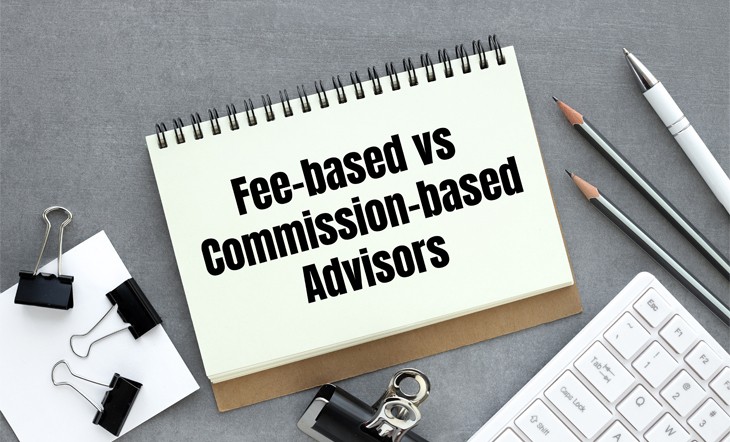










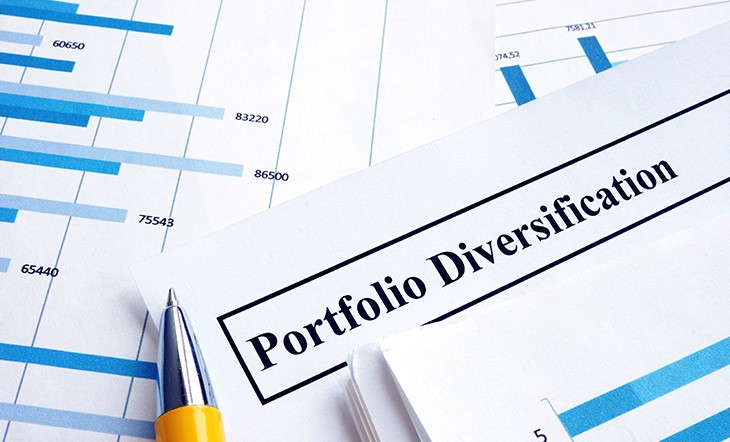
.jpg)
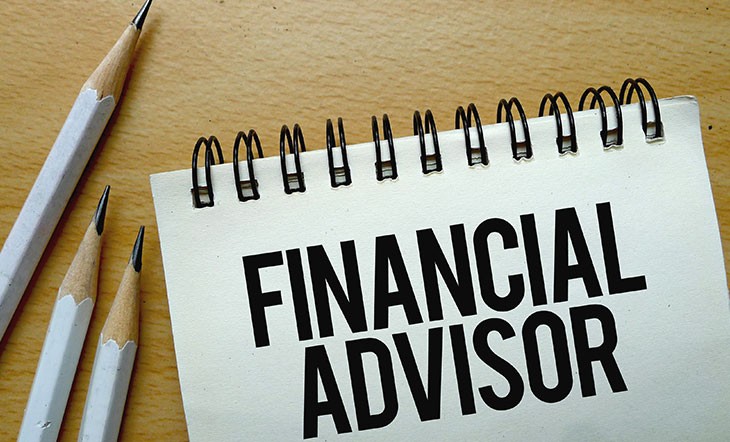




.jpg)


.jpg)


.jpg)

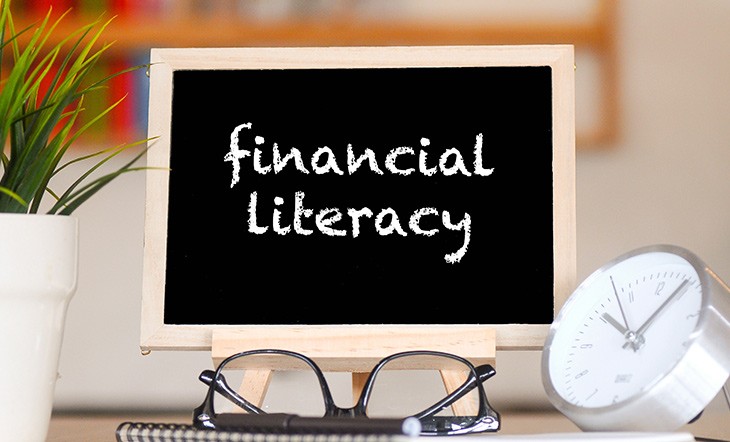













.jpg)





.jpg)




.jpg)


.jpg)






.jpg)

.jpg)






.jpg)



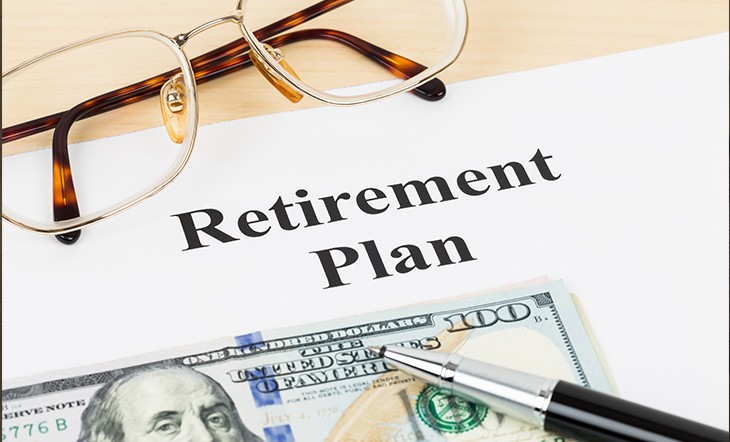
.jpg)

.jpg)



.jpg)



.jpg)


.png)
.jpg)
.jpg)





.jpg)
.jpg)

.jpg)



.jpg)

.jpg)

.jpg)
.jpg)
.jpg)

.jpg)

.jpg)




.jpg)


.jpg)


.jpg)

.jpg)
.jpg)
.jpg)
.jpg)
.jpg)

.jpg)

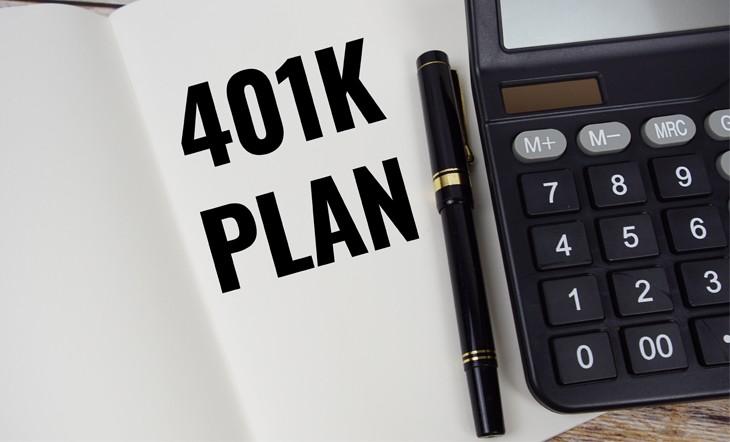


.jpg)
.jpg)


.jpg)
.jpg)
.jpg)
.jpg)

.jpg)
.jpg)















.jpg)

.jpg)




.jpg)
.jpg)












.jpg)



